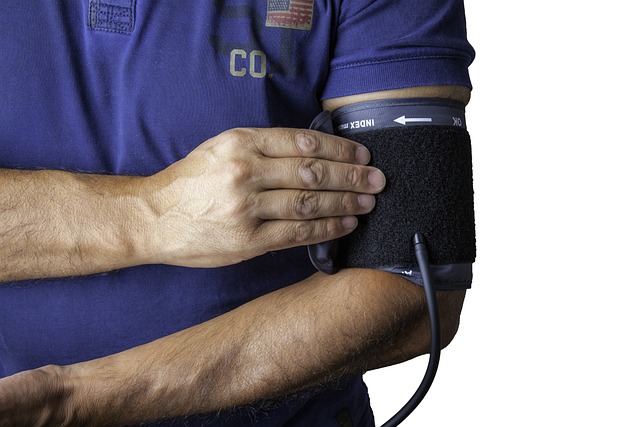Vision Purpose, Process, and Where to Access
A vision test evaluates how well your eyes see and how effectively they work together. Tests range from simple screenings at schools or community events to comprehensive eye exams performed by optometrists or ophthalmologists. Regular testing plays a central role in maintaining vision health, detecting refractive errors (like nearsightedness or astigmatism), identifying signs of eye disease, and tracking changes over time. For many people, a vision test is the first step toward appropriate eye care, whether that means prescription lenses, medical treatment, or referral for further assessment. Public programs and community services often provide screening opportunities, particularly for children, older adults, and people in underserved areas, helping connect individuals to follow-up care when needed.

This article is for informational purposes only and should not be considered medical advice. Please consult a qualified healthcare professional for personalized guidance and treatment.
How do vision tests support vision health?
Vision tests are a key component of overall vision health because they detect both correctable problems and early signs of disease. Standard measures include visual acuity charts, color vision checks, and tests of peripheral vision. Comprehensive exams may add intraocular pressure measurement, retinal examination, and binocular vision assessments. Detecting issues early can reduce the risk of complications, improve learning and work performance, and preserve independence in older adults. Routine testing intervals depend on age, risk factors, and existing eye conditions; an eye care professional can recommend an appropriate schedule.
What happens during a vision screening?
A vision screening is a quick evaluation designed to spot potential problems and determine whether a full eye exam is needed. Screenings often use standardized acuity charts, simple handheld devices, or automated instruments to measure vision and detect obvious issues. They do not replace a comprehensive eye exam but are useful in schools, workplaces, and community events to identify people who should seek further eye care. If a screening raises concerns, follow-up with a licensed provider can confirm diagnoses and develop treatment plans tailored to individual needs.
How can you find eye care and common tests offered?
Eye care providers include optometrists, ophthalmologists, and licensed technicians who perform a range of assessments. Typical tests in a comprehensive eye exam include refraction (to determine glasses or contact lens prescriptions), slit-lamp examinations, dilation to inspect the retina, and pressure checks for glaucoma screening. When searching for care in your area, consider providers’ credentials, whether they accept your insurance, and whether they offer services for children or people with chronic conditions like diabetes. Community clinics and some public programs also coordinate referrals to specialists when necessary.
Which public programs include vision services?
Many public programs incorporate vision screening or eye care outreach to reach vulnerable populations. Examples often include school-based screening requirements, maternal and child health initiatives that check infants and toddlers, and programs for older adults that prioritize vision maintenance to reduce fall risk. Government-funded health services and non-profit organizations may offer vouchers, mobile clinics, or partnerships with local providers to improve access. Availability and eligibility vary by region, so checking with local health departments or community health centers can clarify what public programs exist in your area.
What community services help with accessing vision screening?
Community services play a practical role in connecting people to vision screening and subsequent care. Libraries, senior centers, and community health fairs commonly host screening events or distribute information about local services. Nonprofit vision clinics or charity organizations sometimes provide low-cost or free screenings and assist with obtaining prescription glasses. School nurses and early childhood programs often coordinate screenings for children and can guide families toward follow-up eye care. Using local services can simplify scheduling, reduce transportation barriers, and link individuals to longer-term eye care resources.
Regular vision testing is an accessible, effective way to protect sight and detect problems early. By understanding what tests do, where screenings are offered, and how to find qualified eye care, individuals can make informed decisions about their visual needs. Public programs and community services frequently help bridge gaps in access, especially for children and older adults, making it easier to receive appropriate follow-up care when screenings indicate a concern.
Sources





